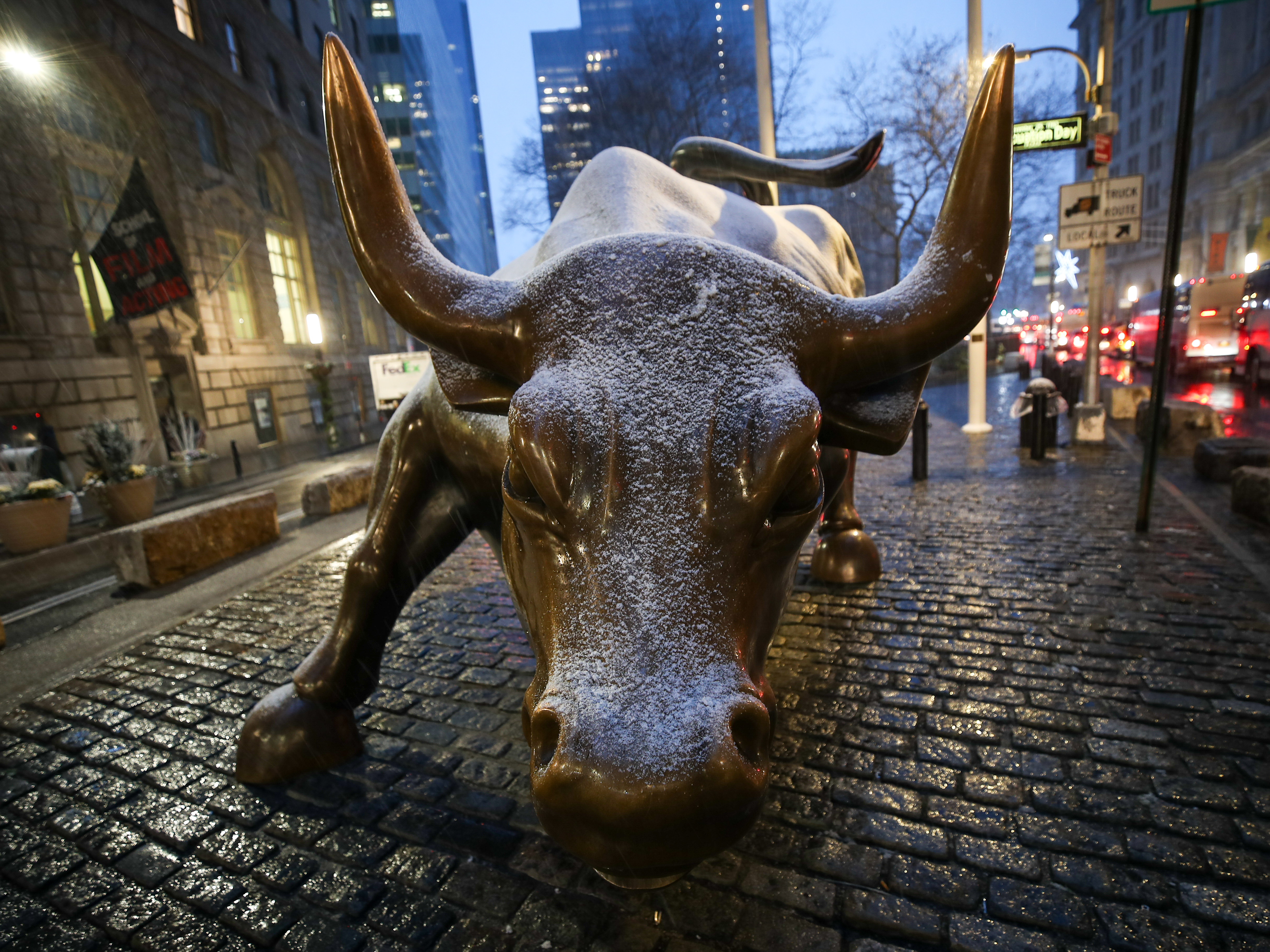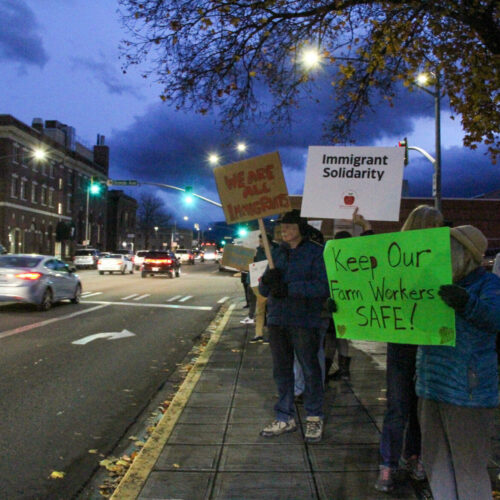
The Spectacular Rise Of SPACs: The Backwards IPO That’s Taking Over Wall Street
LISTEN
BY CAMILA DOMONOSKE
This year, the hottest trend on Wall Street could be summed up in one strange and unfamiliar word: SPAC.
Shaquille O’Neal’s got a SPAC. Former House Speaker Paul Ryan’s got a SPAC. Famed investor Bill Ackman launched a $4 billion SPAC. And a 25-year-old became the youngest self-made billionaire thanks to — you guessed it — a SPAC.
So what is a SPAC? A “special purpose acquisition company” is a way for a company to go public without all the paperwork of a traditional IPO, or initial public offering.
In an IPO, a company announces it wants to go public, then discloses a lot of details about its business operations. After that, investors put money into the company in exchange for shares.

The SPAC, or special purpose acquisition company, has become the hottest trend on Wall Street this year. It allows a company to go public without all the paperwork of a traditional initial public offering. Above, the Charging Bull statue in New York City’s Financial District.
CREDIT: Anadolu Agency/Anadolu Agency via Getty Images
A SPAC flips that process around. Investors pool their money together first, with no idea what company they’re investing in. The SPAC goes public as a shell company. The required disclosures are easier than those for a regular IPO, because a pile of money doesn’t have any business operations to describe.
Then, generally, the SPAC goes out and looks for a real company that wants to go public, and they merge together. The company gets the stock ticker and the pile of money much more quickly than through a normal IPO.
The investors now own stock in a real company, not just a shell company. And the sponsor who put the work into organizing the SPAC gets a big chunk of the company as a reward.
For the last two decades, SPACs have existed on the fringes of the financial world.
“They have this sort of shady origin story,” says Usha Rodrigues, a professor at the University of Georgia School of Law.
Today’s SPACs are descended from the “blank-check corporations” of the 1980s, which “really had a bad reputation,” Rodrigues says.
They were so infamous for scamming investors that a federal law was passed to crack down on them.
Along the way, the blank-check model was reinvented as a SPAC, with crucial safeguards for investors. For instance, if an investor didn’t approve of the company a SPAC sponsor chose to merge with, the investor could get his or her money back, plus interest.
But SPACs remained unpopular. Until now.
IPOs, mergers and acquisitions, and deal-making in general are all up sharply right now — no wonder, as the stock market is currently booming.
But SPACs, specifically, are surging like nothing else. SPAC launches have quadrupled since last year, and an astonishing number of SPAC combinations (the transactions that actually take a company public) have been announced.
“I’ve probably done, you know, one or two SPAC combinations a year for the last five years — until this year,” says Sarah Morgan, a lawyer with the large energy-focused law firm Vinson & Elkins. “This year the market just exploded. [SPACs] are over 50% of my practice this year.”
SPACs are sparking new attention in part because their built-in advantages — speed, control and less uncertainty for founders who want to go public — are particularly appealing in a year marked by volatility.
Austin Russell is the CEO of Luminar, a company that makes lidar — technology that detects surrounding objects, sort of like radar but using lasers — for self-driving vehicles.
He founded the company as a teenager, and now Luminar has contracts with companies like Volvo.
It was time to go public. Russell said that “mechanically and financially,” a SPAC just made sense — and you can’t argue with the speed.
“You got through the process end to end in, you know, like four months, as opposed to having to spend huge time and distraction for the better part of a year or two,” he says.
But Russell didn’t agree to a SPAC until he’d seen several other “very legitimate” companies go public through the process.
That’s another key element in the meteoric rise of SPACs: After high-profile, well-regarded companies and investors started getting involved in SPACs, other people were more willing to give it a shot.
As Russell put it, a SPAC is now “pretty cool.”
Russell completed his company’s SPAC merger this month — a transaction that made him Forbes‘ youngest self-made billionaire.
SPACS can also mean big bucks for the sponsors who organize them, who are rewarded with a big chunk of equity when they close a deal. In fact, sponsors can make so much money if they complete a SPAC that some critics worry there’s an incentive to merge with a mediocre company just to get their payday.
And that raises a big question: whether this SPAC craze will be good for investors. The stock market is booming now, and SPACs are a boom within a boom, but will that actually lead to returns?
Some of this year’s SPACs have performed badly on the stock market, and others have raised bigger concerns.
After zero-emission truck-maker Nikola went public through a SPAC, it was accused of fraud, which the company denies.
Today’s SPACs are much safer investments than the fraudulent blank-check companies of the ’80s, says Rodrigues, but the same streamlined, speedy process that appeals to founders could increase the perils for investors.
“The flip side of making things easier for companies is inevitably that the risk of fraud to investors goes up,” she says. “I don’t know any way to square that circle.”















